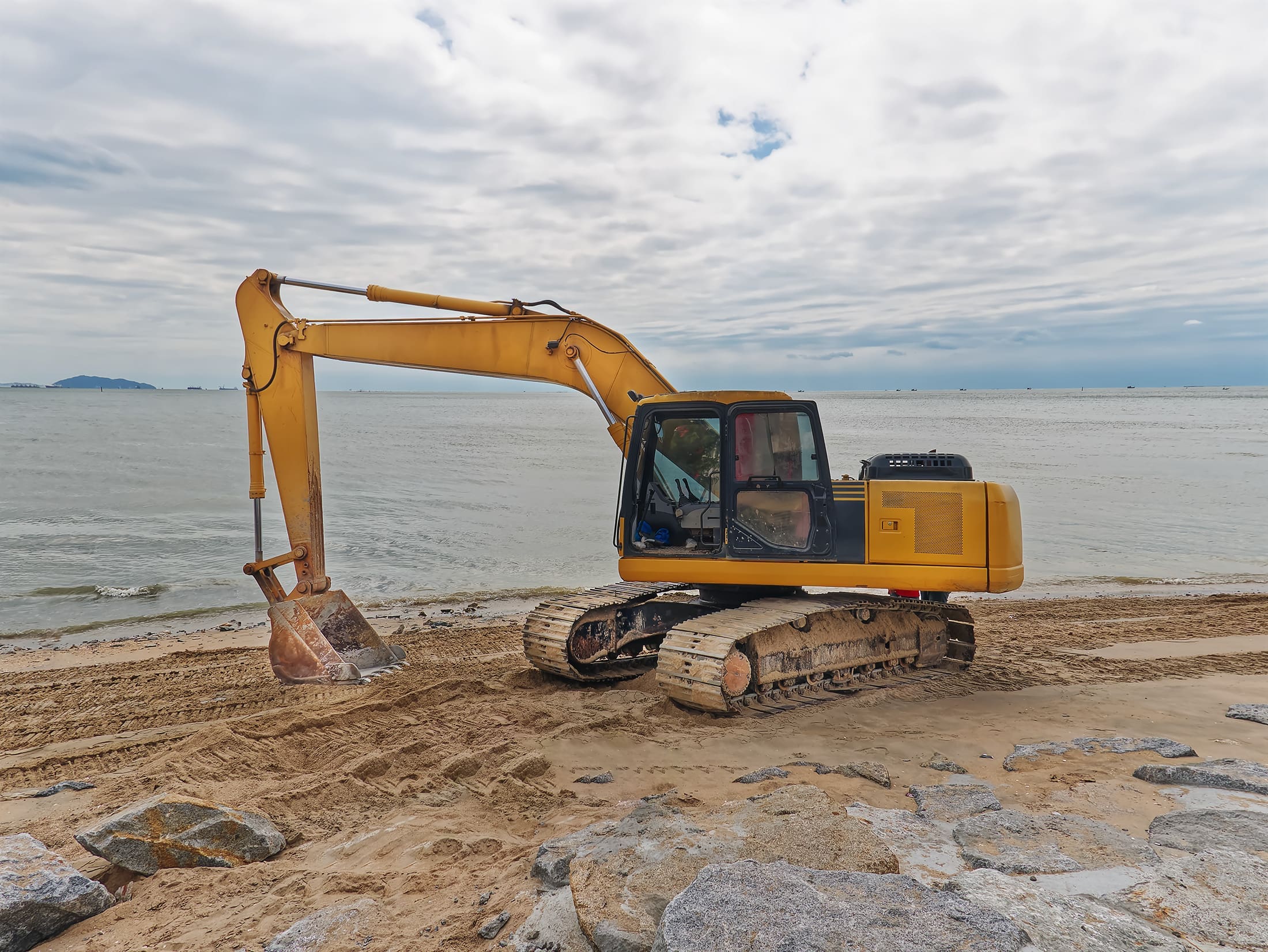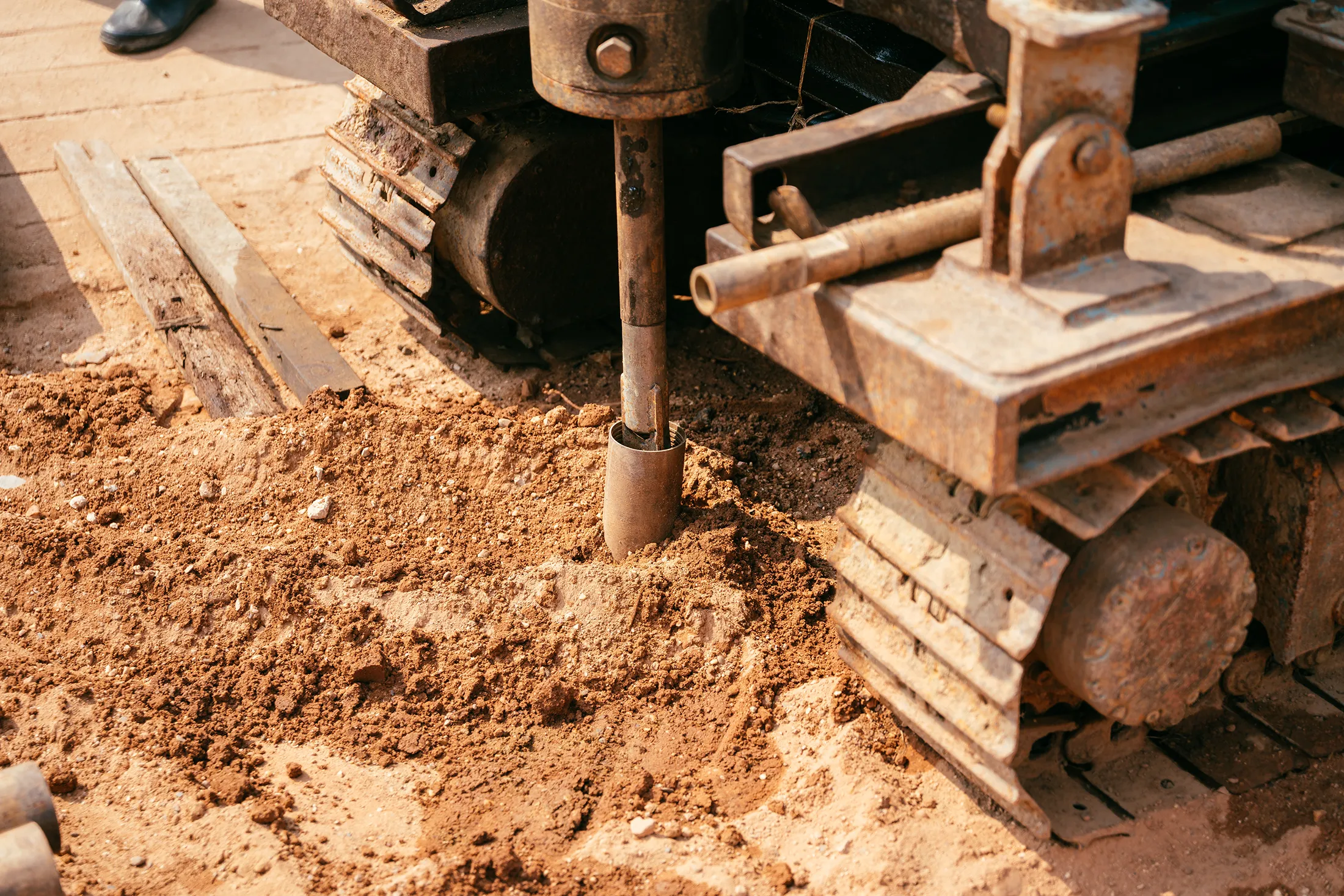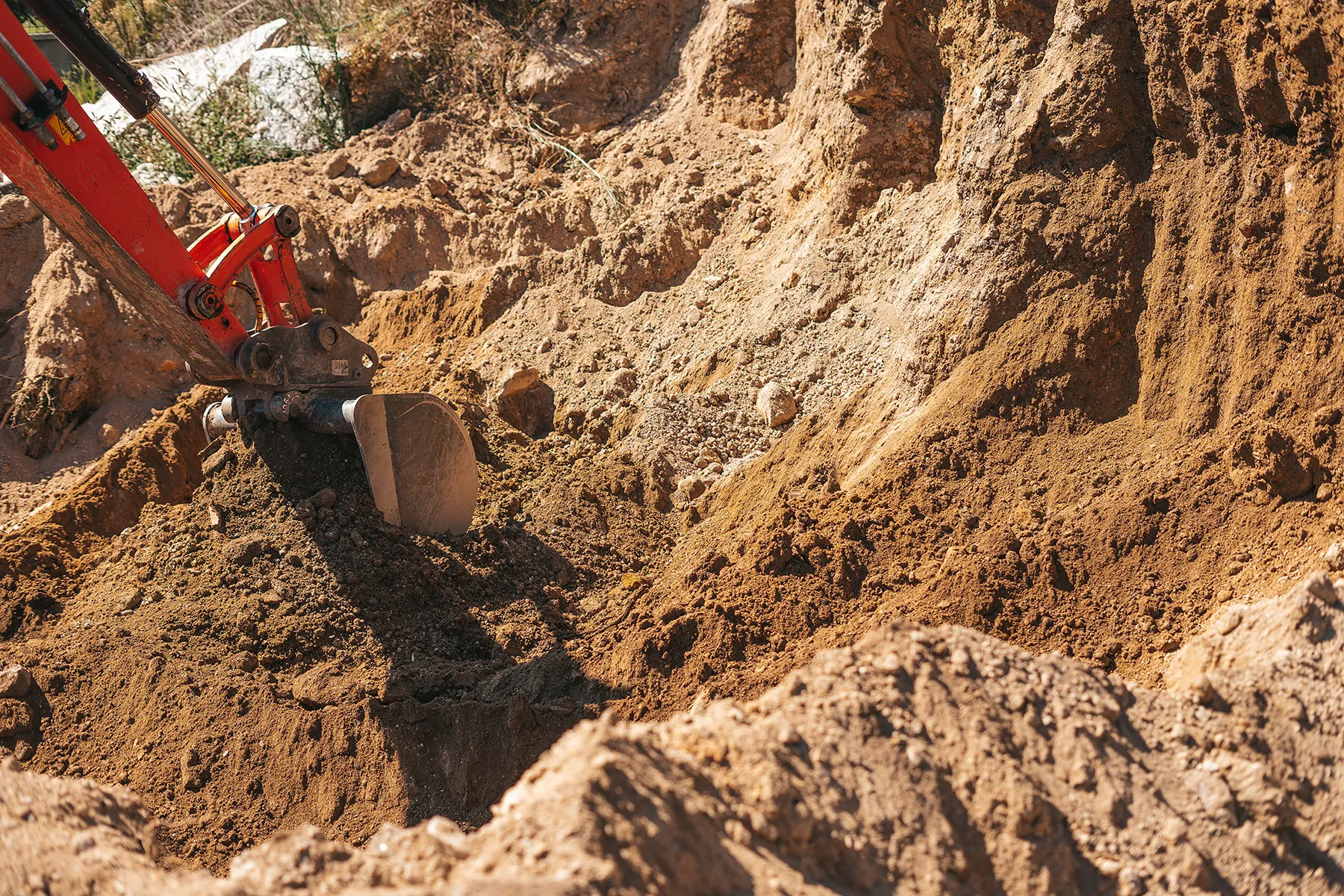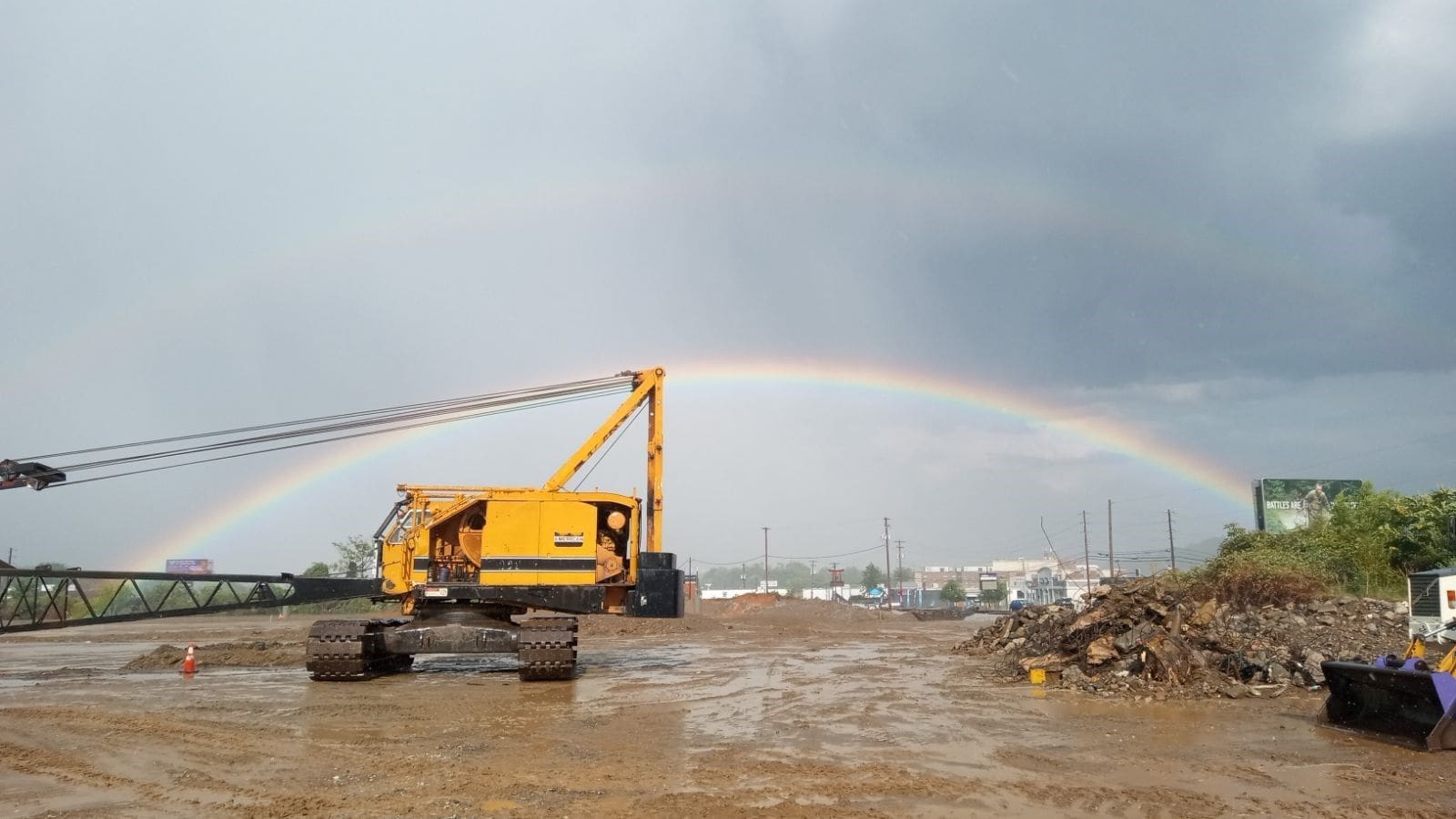
Dynamic Compaction in Coastal Developments: Enhancing Foundation Stability
Introduction
Coastal development projects face unique geotechnical challenges from loose, sandy soils to fluctuating water tables that can compromise long-term foundation performance if not addressed with precision. As developers and engineers push the boundaries of urban expansion along coastlines, ensuring the stability and integrity of the ground beneath is more critical than ever.
Dynamic compaction plays a transformative role in coastal construction by delivering deep, cost-effective soil densification and stabilization. Whether preparing land for ports, resorts, residential towers, or critical infrastructure, dynamic compaction offers a proven path to reliable ground improvement.
Did you know that untreated coastal soils can lead to uneven settlement and structural failures, even years after project completion? Read on to discover how Densification Inc.’s turnkey dynamic compaction solutions are helping project owners build stronger, smarter, and safer foundations in some of the most demanding environments.
1. Understanding the Coastal Challenge
Coastal environments are inherently dynamic, with soil profiles that can shift or erode due to wind, water, and human activity. These conditions introduce multiple engineering challenges:
- Loose granular soils such as sand and silt are prevalent in coastal zones. These soils typically exhibit low shear strength and high compressibility, posing a significant risk for structural instability.
- High groundwater tables increase the potential for soil liquefaction during seismic or load-induced events. Without treatment, the water-saturated soils can lose strength and stiffness, endangering the foundation system.
- Variable subsurface conditions—often due to reclaimed land, fill, or organic layers—make it difficult to predict load-bearing behavior without specialized geotechnical engineering analysis.
- Environmental sensitivity calls for low-impact solutions that preserve adjacent ecosystems while meeting strict permitting and compliance standards.
In this setting, dynamic compaction emerges as a preferred ground improvement method that strengthens subsurface layers through controlled, high-energy impacts.
2. What Is Dynamic Compaction?
Dynamic compaction is a form of soil densification achieved by repeatedly dropping heavy weights (typically 15 to 40 tons) from heights ranging from 30 to 100 feet. The impact energy compresses loose soils, increasing their density and improving engineering properties.
This method is especially beneficial for coastal construction site preparation because it:
- Reaches deeper soil layers: Capable of treating depths up to 30 feet, depending on the energy applied and soil composition.
- Enhances load-bearing capacity: Treated soils can support heavier structural loads, reducing the need for deep foundation alternatives.
- Minimizes post-construction settlement: Compacted soils are less prone to long-term settlement, improving building performance and safety.
- Delivers cost-effective results: Compared to soil replacement or pile foundations, dynamic compaction offers considerable savings in both time and materials.
By integrating vibration monitoring and pre/post-improvement testing, engineers can ensure quality control throughout the densification process.
3. Applications in Coastal Development
The versatility of dynamic compaction makes it ideal for a broad spectrum of coastal development projects. Common applications include:
- Marine terminals and ports
- Prepares sites with hydraulic fill or reclaimed land for heavy equipment, container storage, and crane operation.
- Mitigates risk of differential settlement under cyclical loads.
- Resorts and beachfront structures
- Densifies soft or dune-based soils to create stable pads for mid- and high-rise hotels, villas, and entertainment venues.
- Limits foundation movement caused by fluctuating tides or storm surges.
- Seawalls and waterfront infrastructure
- Reinforces the soil behind bulkheads and retaining walls to resist lateral loads and wave action.
- Ensures long-term performance of critical protective structures.
- Residential and commercial developments
- Offers fast, scalable solutions for small parcel subdivisions or mixed-use developments along the coast.
- Accelerates the construction timeline with minimal disruption to surrounding neighborhoods.
In each case, deep dynamic compaction contributes to long-term foundation stability and sustainable coastal growth.
4. Densification Inc.’s Turnkey Approach
With a proven track record in ground improvement services, Densification Inc. provides full-scope solutions tailored to the geotechnical complexities of coastal projects:
- Geotechnical investigation and analysis to assess site-specific soil profiles and water tables.
- Drop pattern design that optimizes energy distribution and minimizes surface disturbance.
- Specialized equipment operation with precision controls and real-time vibration monitoring to protect adjacent structures.
- Post-improvement testing, such as cone penetration tests (CPT) or plate load tests to verify soil strength and compaction depth.
- Environmental and regulatory coordination to ensure compliance with coastal permitting, FEMA standards, and local building codes.
Serving the United States, Caribbean, and select international markets, Densification Inc. provides turnkey dynamic compaction services that integrate technical rigor with project-specific needs.
5. Why Choose Dynamic Compaction for Your Coastal Project?
Dynamic compaction isn’t just an alternative—it’s a strategic advantage in coastal settings. Here’s why it continues to gain traction among civil engineers, contractors, and developers:
- Efficient deployment: Requires minimal mobilization and fewer site disruptions compared to piling or grouting.
- Adaptable to varying soil types: Especially effective on sandy, granular, and mixed soils common in coastal regions.
- Environmentally conscious: No chemical additives or deep drilling—just mechanical energy to compact the earth.
- Predictable outcomes: With the use of vibration monitoring and post-testing, results are measurable and dependable.
- Lower lifecycle costs: Reduces future maintenance costs by stabilizing the site at the beginning of construction.
When partnered with an experienced provider like Densification Inc., dynamic compaction ensures your coastal project has a safe, stable, and sustainable foundation from the ground up.
Conclusion: Building Coastal Foundations That Last
Coastal developments face distinct soil and environmental challenges that demand robust, reliable ground improvement strategies. Dynamic compaction rises to the occasion by delivering deep soil densification, enhanced bearing capacity, and long-term settlement control without the disruption or cost of more invasive alternatives.
Whether you’re preparing land for a port, beachfront resort, or critical infrastructure, Densification Inc. offers the expertise, equipment, and turnkey approach needed to build with confidence even on the coast.
Ready to stabilize your next coastal development?
Reach out to Densification Inc. today to discuss how our dynamic compaction solutions can support your project’s success.
Contact us now or share this blog with a colleague planning a coastal build.











